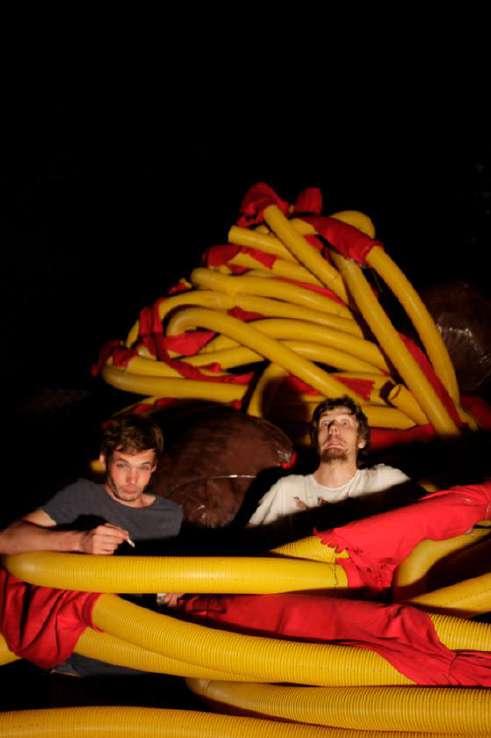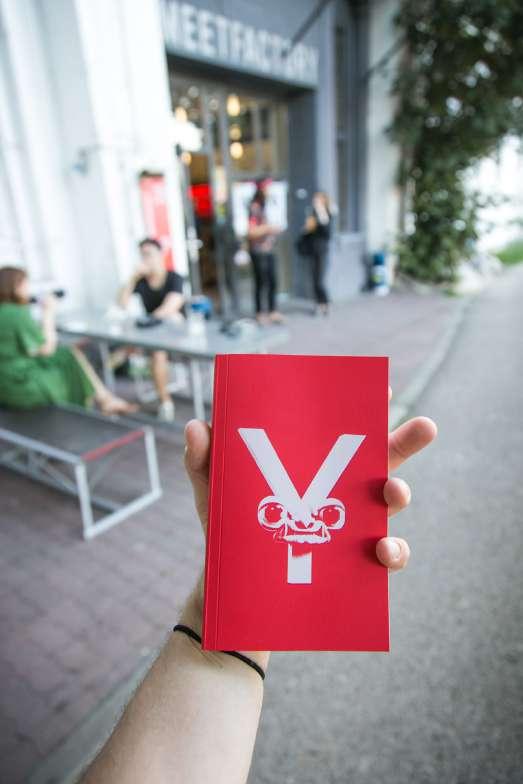
5 minute read
The New Dictionary of Old Ideas - research program
Director
The New Dictionary of Old Ideas is a network of independent cultural institutions within Central and Eastern Europe The platform we aim to create comes along with the process of cultural exchange and intense research of our common identity. Through political issues, visual culture, art theory, and the history of the region, we wish to explore Central Europe as an intriguing phenomenon Coming from the experience of cultural mobility, we have established a residency project as a helping tool in furthering research that goes hand in hand with a set of theoretical terms known as The New Dictionary of Old Ideas
Advertisement
Partner Institutions 2018/19
HIT Gallery, Visual Culture Research Centre, FKSE Studio of Young Artists Association, Trafostacja Sztuki, tranzit at, ODD
Partner Institutions 2019/20
Hablarenarte / CentroCentro, Trafostacja Sztuki, Silk Museum
Participants 2018/19
Andrej Žabkay, Kata Mach, Serhiy Klymko, Oleksiy Radynski, David Chichkan, Oleksander Pavlov, Klára Rudas, Flora Gado, Bence Pálinkás, Miklós Zsámboki, Eszter Őze, Monika Szpener, Stanisław Ruksza, Andrzej Wasilewski, Mikołaj Iwański, Georg Schöllhammer, Hedwig Saxenhuber, Johannes Porsch, Nita Mocanu, Cristina Bogdan, Marius Stoica, Vasile Leac
Participants 2019/20
Erick Beltrán (MX / ES), Verónica Lahitte (AR / ES), Data Chigholashvili (GE), Alba Martinez Folgado (ES), Elena Lavellés (ES), Sandro Sulaberidze (GE), Katherina Stadler (AT/GE), Nino Zirakashvili (GE) Jiří Žák (CZ), Adéla Součková (CZ), Irmina Rusicka (PL)
SYMPOSIUM 27/8th of November 2018
Participants: Oleksiy Radynski, Klára Rudas, Oleksander Pavlov, Bence Pálinkás, Cristina Bogdan, Marius Stoica, Andrej Žabkay, Serhiy Klymko, Eszter Őze, Flora Gado, Barna Orsolya, Anastasya Teor
Speakers: Milena Bartlová, Boris Buden, Keti Chukhrov, Katarzyna Murawska-Muthesius, Jan Sowa
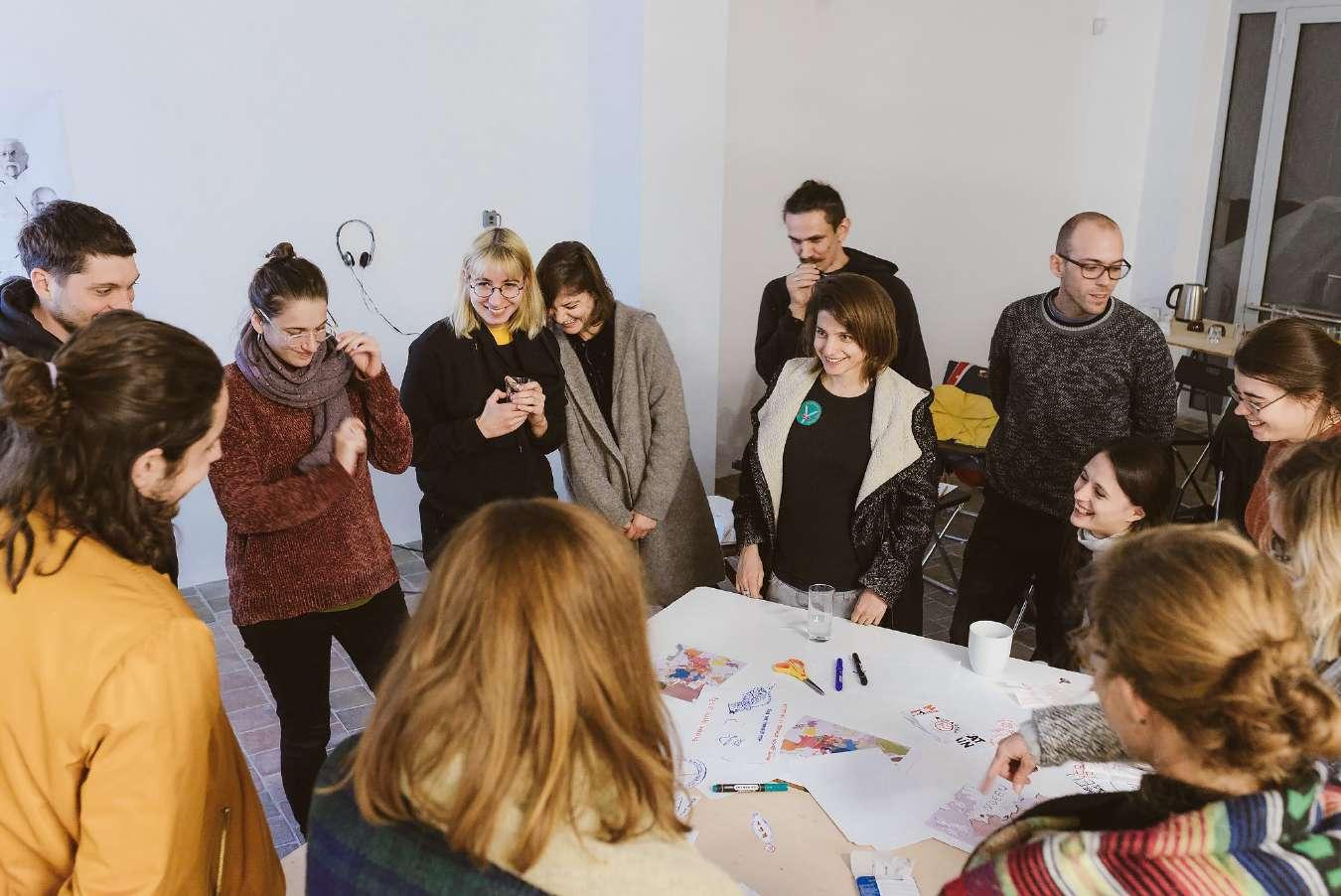
SLAV SQUATTING AND ITS DISCONTENTS Curator
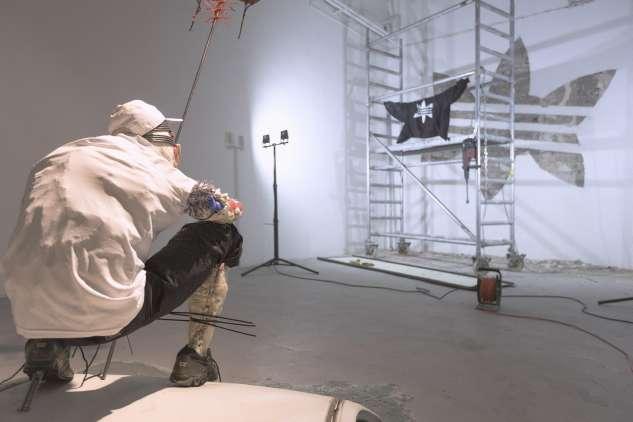
MeetFactory, Prague
21st of Sep - 4th of Nov 2018 artists: Lenka Balounová (CZ), Norbert Delman(PL), Alina Gutkina (RU), Max Lysáček(CZ), Oleg Kulik(RU), Irenka Kalicka (PL), Olexandr Pavlov (UA), Gregor Rozanski (in cooperation with Mateusz Klazula) (PL)
Slav Squatting moved out of the post-Soviet suburbs and is now taking over the internet. It’s also taking over our minds through its simple yet catchy form, combining Buddhist meditation with thug life street style For those of you who don’t know what Slav squatting is – snap! – I only have one piece of advice: ask Boris As for the rest of you – oh, my Slav brothers! Once again we have an opportunity to feel proud of our Eastern European origins, and you can be sure we will celebrate with this exceptional exhibition
The project was inspired not only by post-Soviet street culture, but also by the Sigmund Freud’s book called Civilization and Its Discontents “At present, this trend is somewhat a social status, perhaps at a first glance a simple pose that is loaded with many meanings and thoughts”, a curator Piotr Sikora explains. “It’s a powerful visual language that was originally part of a low culture to become a leitmotif, a sign of era or an internet memo ”
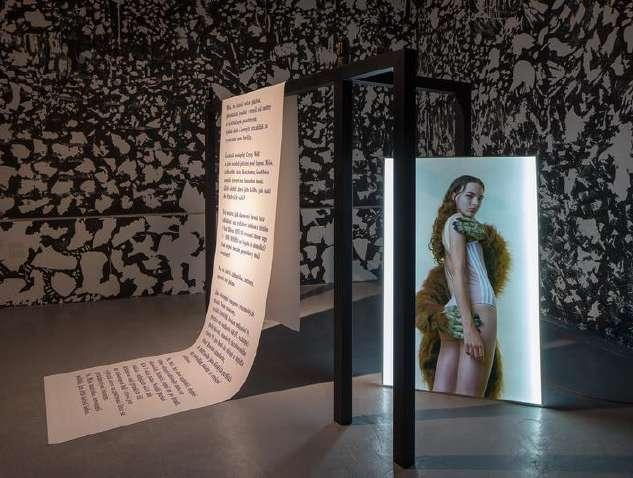
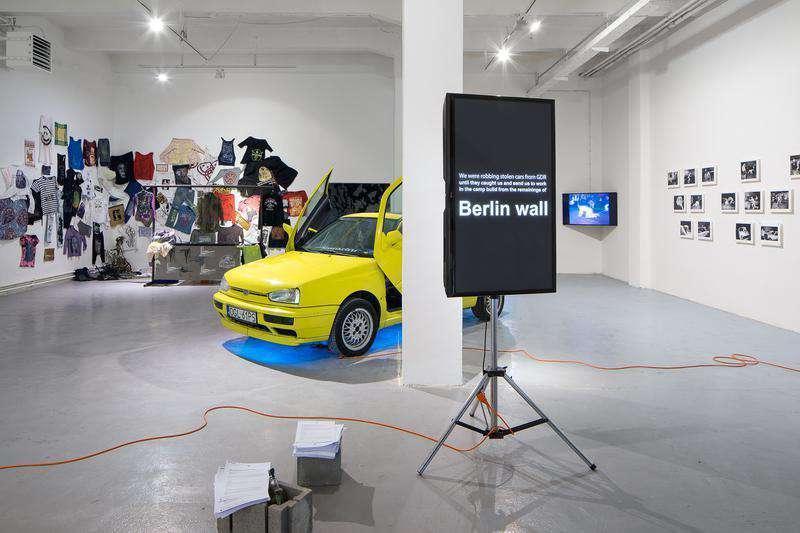
SWAG & THREAT Co-curator
Trafostacja Sztuki in Szczecin 7th of December - 28th of January artists: EWA AXELRAD, TOMEK BARAN, RAHIM BLAK, KAROLINA BREGUŁA, MATEUSZ CHORÓBSKI, POLA DWURNIK, MARCIN DUDEK, ROMAN DZIADKIEWICZ*, JACEK KOŁODZIEJSKI, MIKOŁAJ MOSKAL, KAROL KOMOROWSKI, OLGA KOWALSKA, PAWEŁ KOWZAN, DOMINIKA OLSZOWY, FRANEK ORŁOWSKI, TOMEK PAWŁOWSKI, CEZARY PONIATOWSKI,KAROL RADZISZEWSKI, DOMINIK RITSZEL, DANIEL RYCHARSKI, KONRAD SMOLEŃSKI, MACIEJ STĘPIŃSKI, STACH SZUMSKI
Swag & Threat is based around the topic of antagonism in the contemporary artistic life in Poland. The exhibition has been inspired by the phenomena of beef and diss present in the hip-hop culture. The first term represents an argument between two rappers, while the other one is used to describe an element of such argument – the open insulting of the opponent through pointing out his artistic (and other) shortcomings. Hip-hop is one of the areas of culture in which conflict is shown openly and without social inhibitions, demonstrating the energies characteristic of the avant-garde times, but swept under the rug in the sphere of visual arts nowadays Conflict, meanwhile, is an integral part of the functioning of any environment – the building of its internal hierarchies, setting and abolishing of trends, promoting the careers of selected artists and forgetting about the other ones.
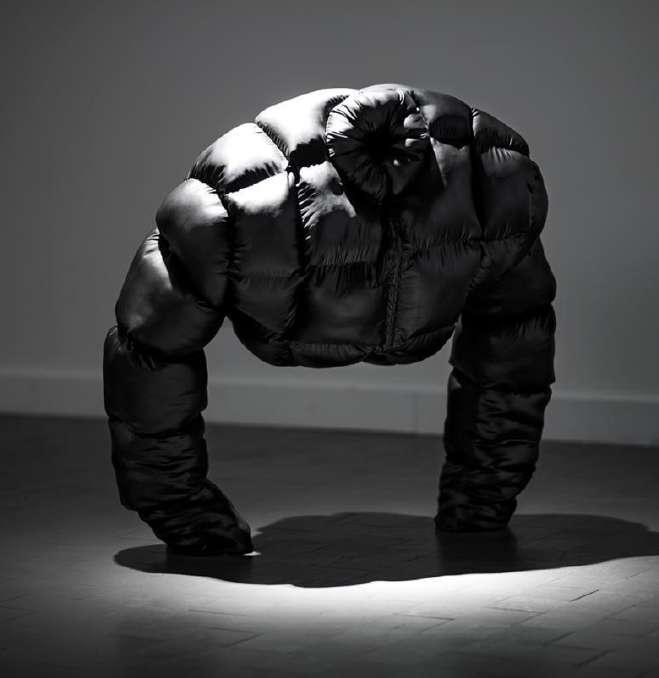
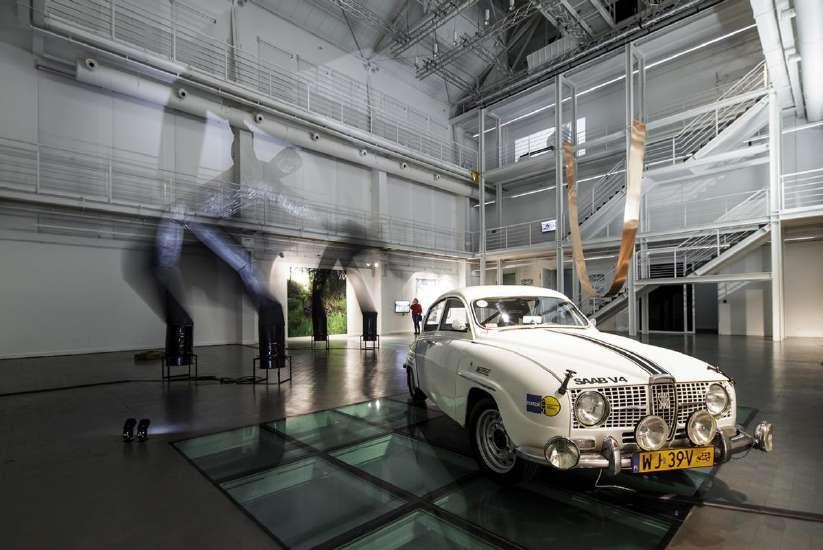
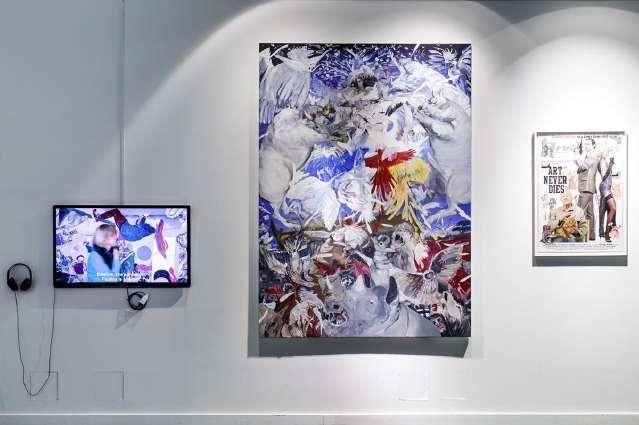
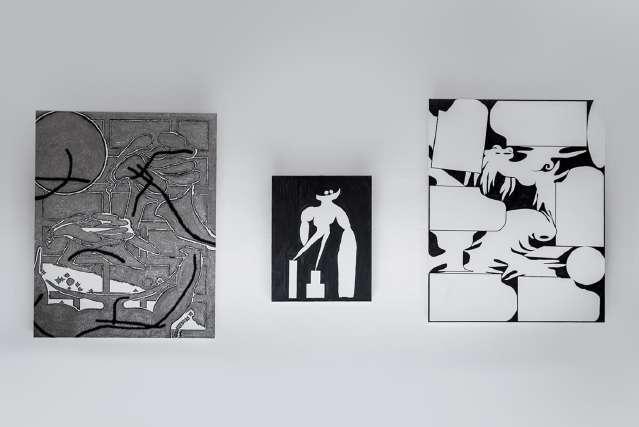
Intermarium
Co-curator project of four exhibitions in Futura Project Prague (CZ), Chimera Project Budapest (HU), Plusminusnulla Zilina (SK), BWA Sokol Nowy Sacz (PL)
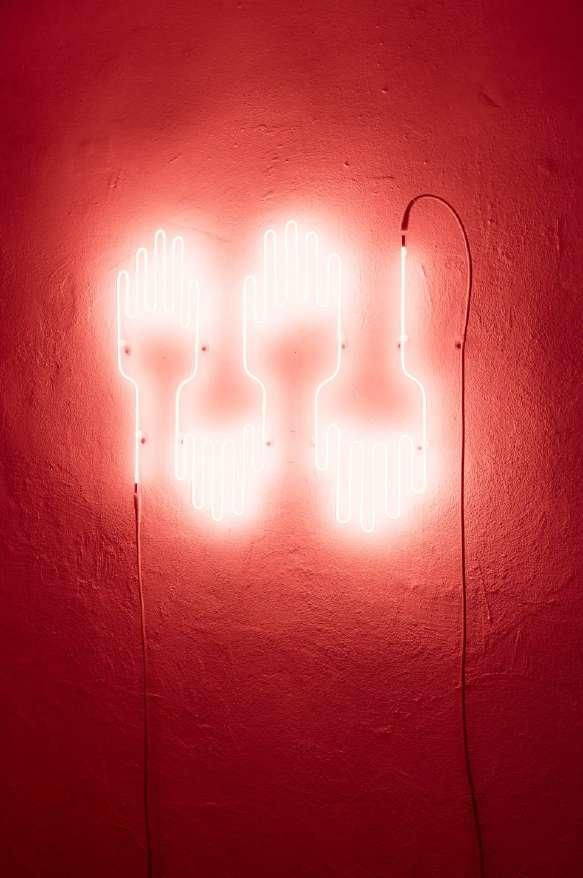
26th of January 2015 - artists: Azorro (Oskar Dawicki, Igor Krenz, Wojciech Niedzielko, Łukasz Skąpski) / Chto Delat / Irwin(Dusan Mandic, Miran Moha, Andrej Savski, Roman Uranjek, Borut Vogelnik) / Zbigniew Libera / Svätopluk Mikyta / Little Warsaw (Andras Galik,Balint Havas) / Pavla Malinová / Rafani (David Korinek, Jiri Franta, Marek Meduna, Ludek Rathousky, Zuzana Blochova)
“Intermarium” is an exhibition addressing phantasms and images employed by Central European countries when they wish to define their position towards Western Europe and other countries of the region. The project attempts to sketch the specificity of each of the former Eastern block countries through the prism of their image of themselves, their role and position towards other European states, as well as their aspirations, contradictions, and common interests. We also trace the changes of the perception of the Central-Eastern European community across several generations of artists.
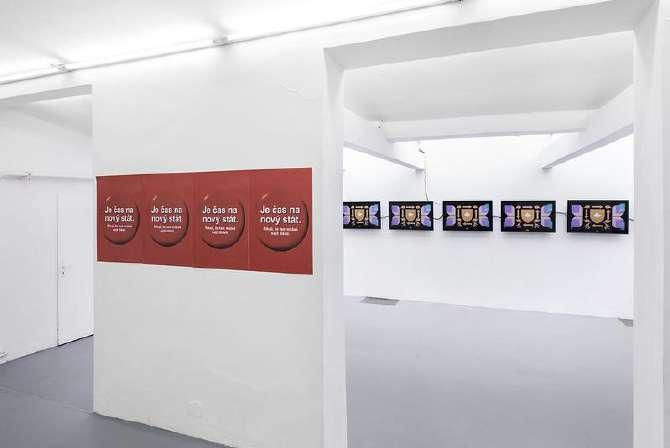
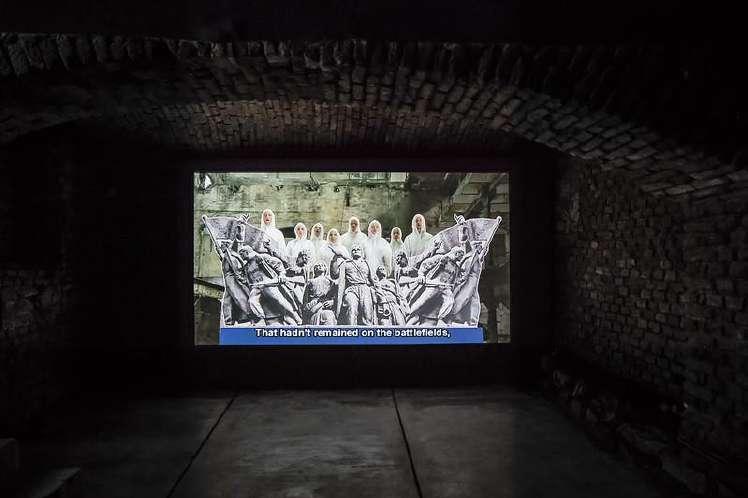
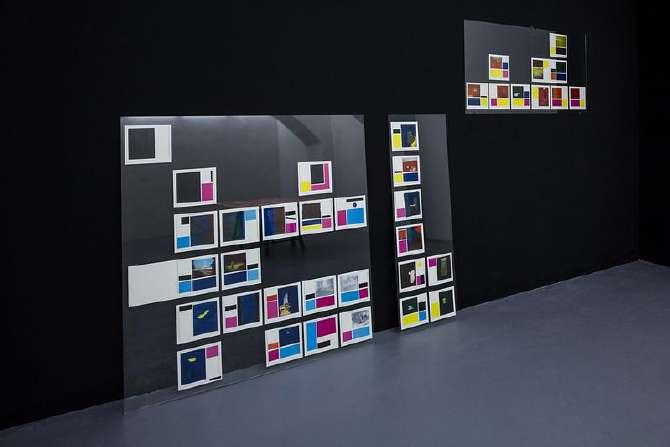
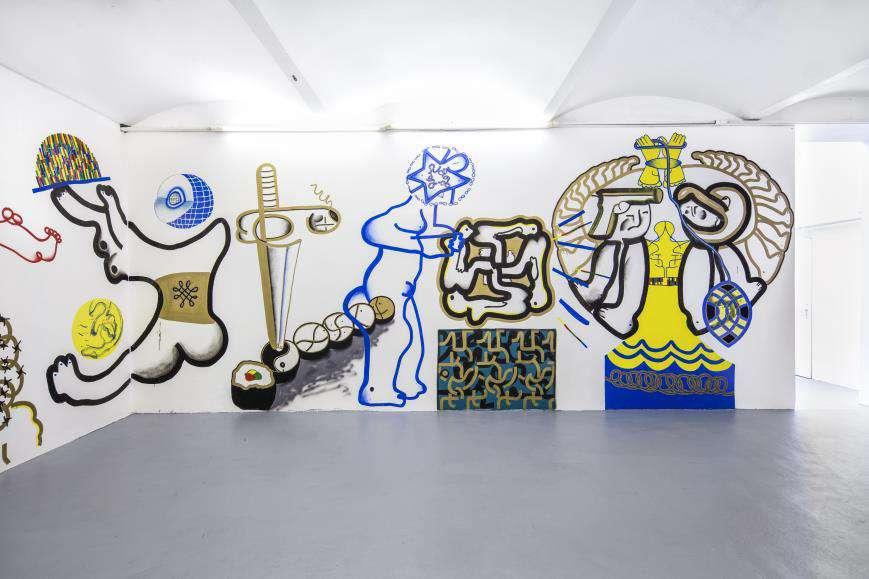
THE IMPORTANCE OF BEING A (MOVING) IMAGE
Assistant curator
National Gallery Prague / February – March 2015
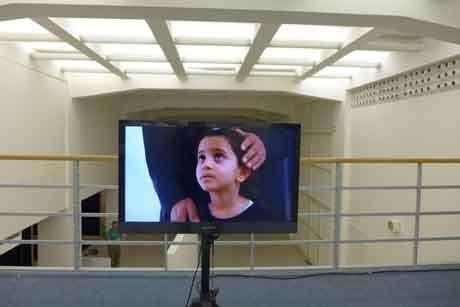
Artists: Josef Dabernig, Marianna Caló and Francisco
Queimadela, Daniel Pitín, Roman Štětina, Aurélien
Froment, Liam Gillick, Rachel Rose, Mieke Bal & Michelle Williams Gamaker
The National Gallery is going to open in Trade Fair Palace a new long-term project of the Moving Image Department with inaugurating show The Importance of Being in a (Moving) Image. The title refers to the lecture of Dutch art theorist, video artist and Professor Emeritus of Literary Theory at the University of Amsterdam Mieke Bal that is concentrated on reflection of semiotics and ontology of the image. Opening of a new gallery space in Trade Fair Palace, based primarily on video and film, is a reaction to long lasting absence of these media in collections of modern and contemporary art of the National Gallery in Prague. The Moving Image Department is situated in a previously not used extraordinary space on the ground floor of Trade Fair Palace, redone for this purpose by the architectural concept of Austrian artist Josef Dabernig. Visual identity of the department was created by renowned British artist Liam Gillick whose video work and wall installation would be also present.
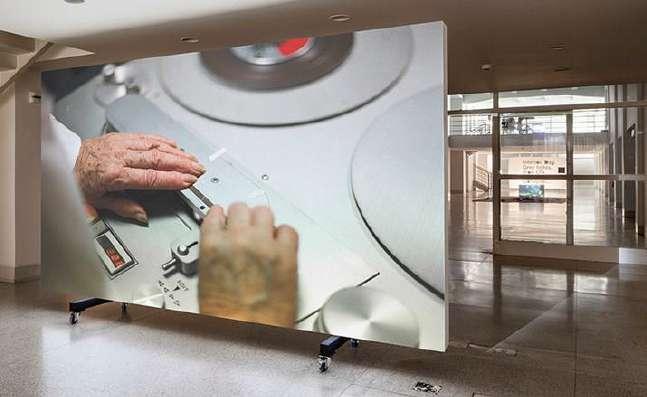
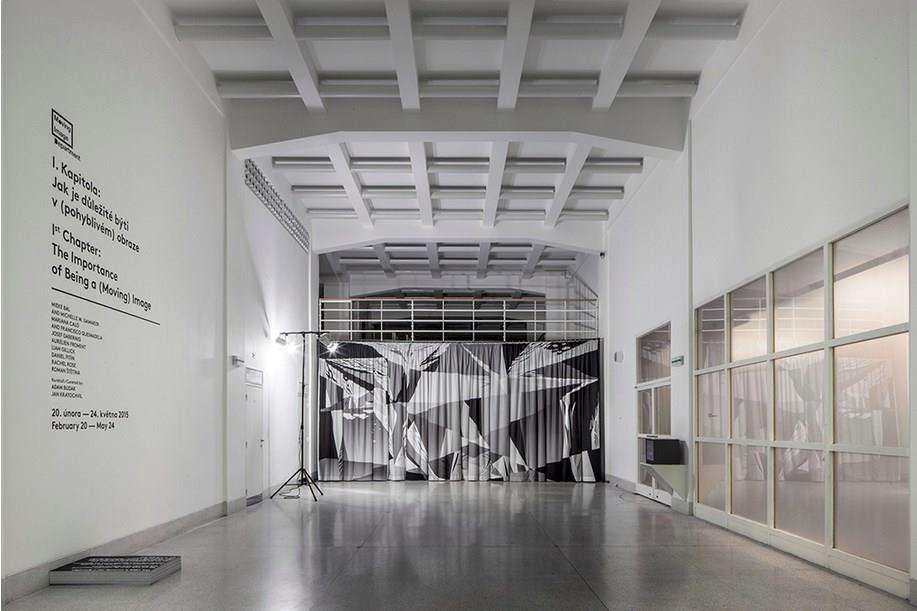
CZECH POPE Curator
Meet Factory in Prague / Malopolska Garden of Art in Krakow Feb – Mar 2014 artists: Ewa Axelrad, Ladislav Babuščák, Anežka Hošková, Ada Karczmarczyk, Bartosz Kokosiński, Jarmila Mitríková, Dávid Demjanovič Mateusz Okoński, Jakub Woynarowski,
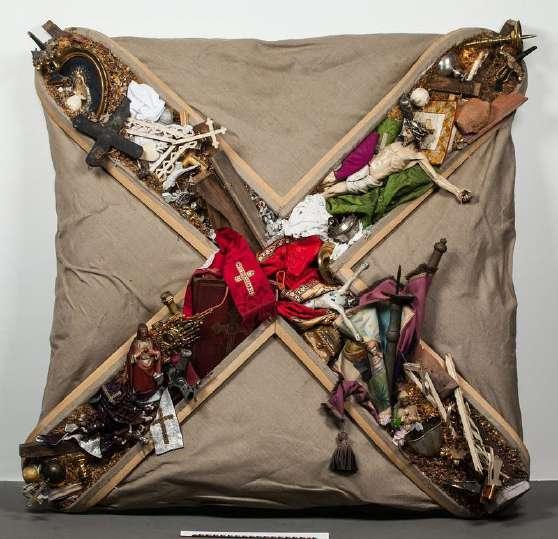
A Czech Pope! Is it a mistake? A joke? A slip of the tongue! An irrational misunderstanding stemming from bringing together the head of the Catholic Church with Europe’s most unreligious nation. Works by several emerging Polish artists grasp the topics of belief, spirituality or occultism with suspicion from their own perspective of uncontrolled, spontaneous gestures. In their intermedia works, Ewa Axelrad, Ada Karczmarczyk, Bartosz Kokosiński, Mateusz Okoński and Jakub Woynarowski address the motifs of faith, religiousness and their obedient daughters: spiritualism and occultism Through a unique curatorial concept created by Piotr Sikora and Piotr Zdybał, the MeetFactory Gallery will be transformed into the form of an imaginary church This metamorphosis works not only to question religion but also materiality and contemporary culture, as many of the artists address religious themes, but visually portray them through the use of recognizable profane objects
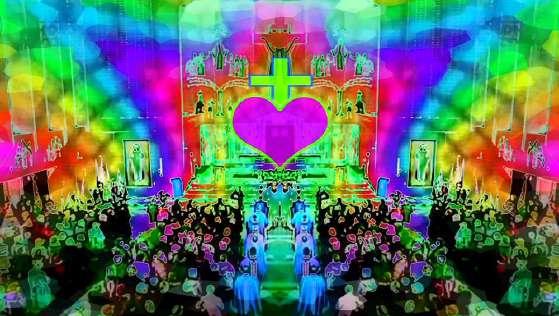
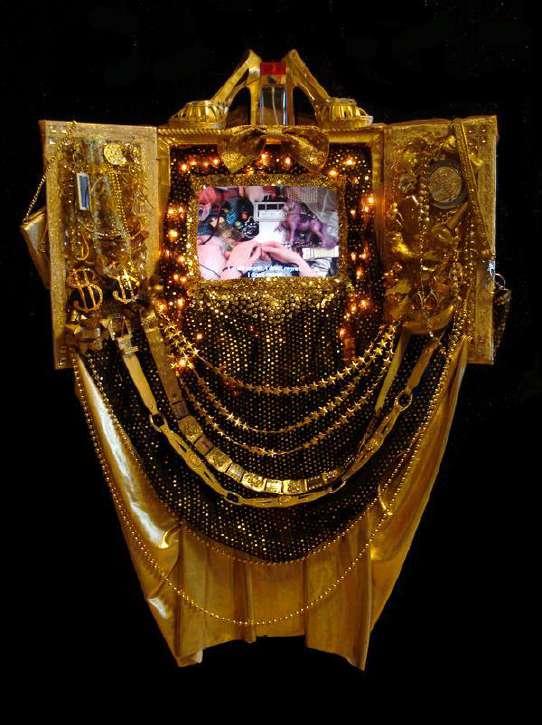
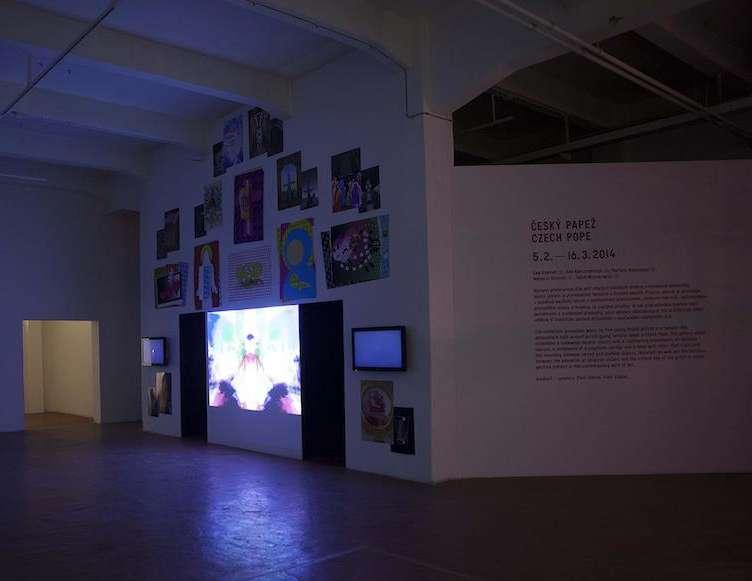
FOOD Curator
Site specific installation at PKP Warszawa Powisle - former Powisle Railway Station
July – Sep 2013
Artists: Xavery Wolski, Hubert Gromny
The gigantic pasta meal has been placed on the top of Powisle railway station Unique architectural structure consider to be a pearl of polish modern architecture – today PKP Powiśle - host one of the most popular club in the capitol of Poland.
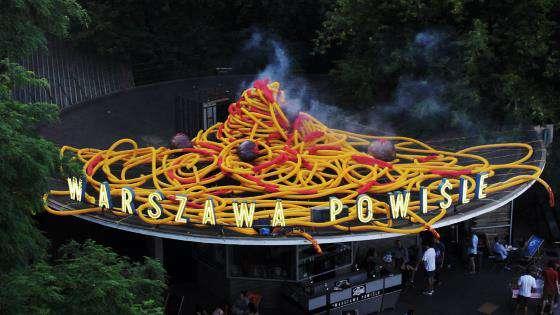
Extraordinary in scale and meaning site specific installation by Huber Gromny and Xavery Wolski can be understood either as trashy version of Clea Oldenburg sculpture or a phantasm of a cook from school canteen. Bon Apetite!
